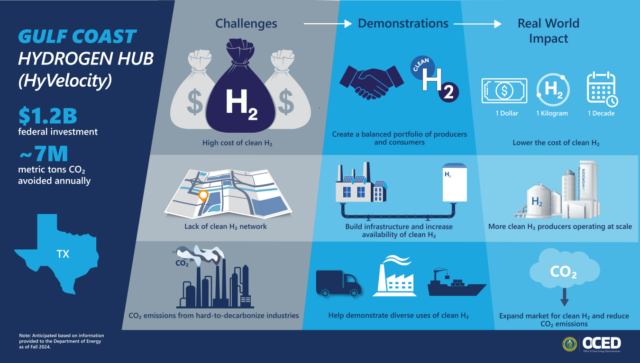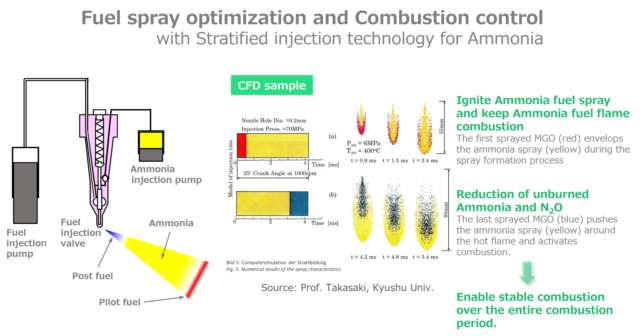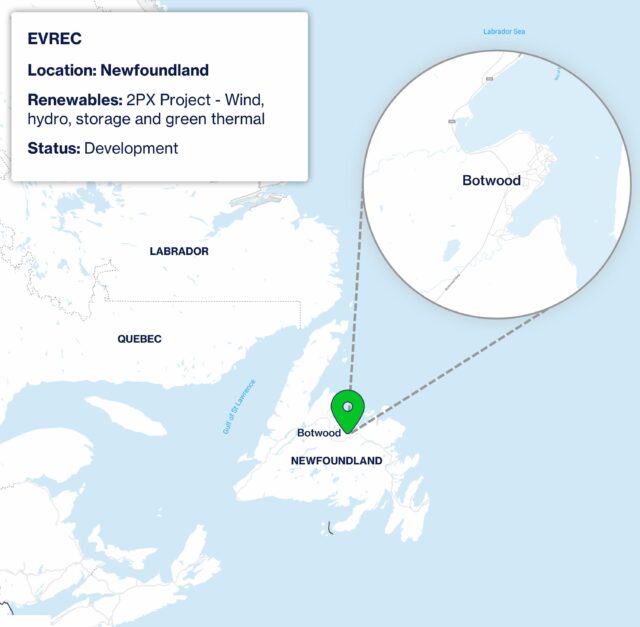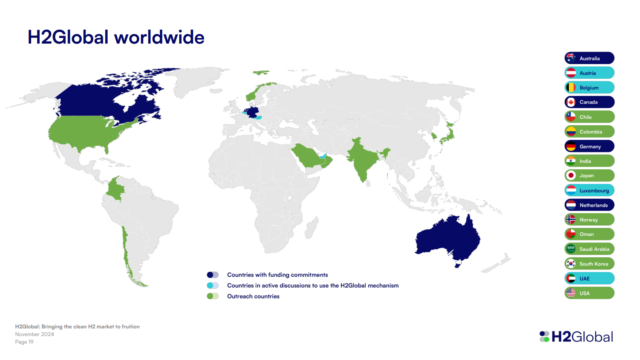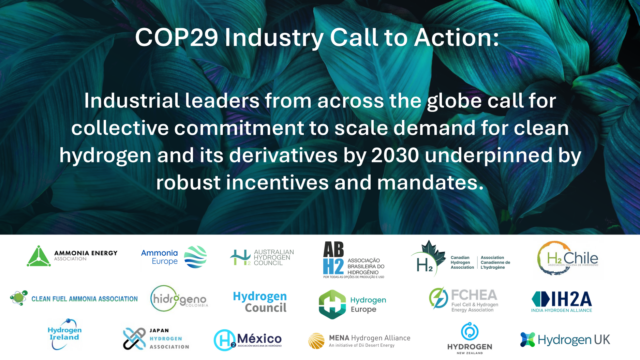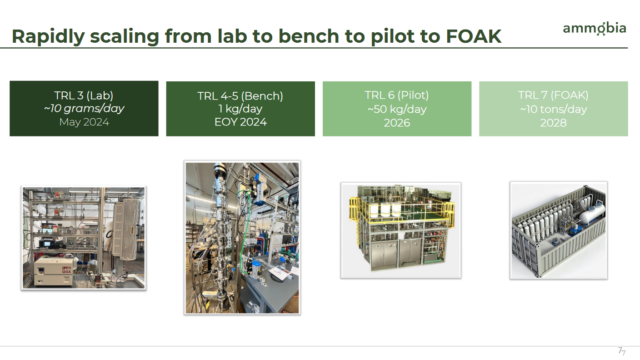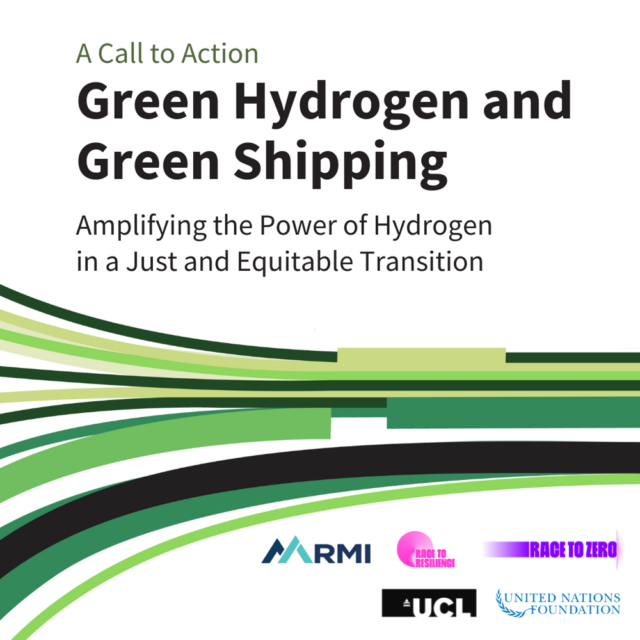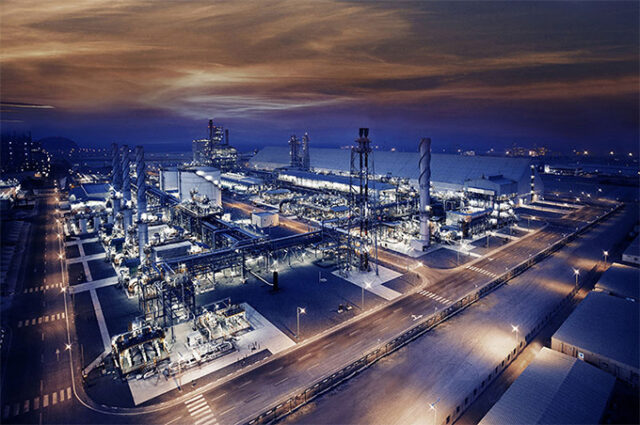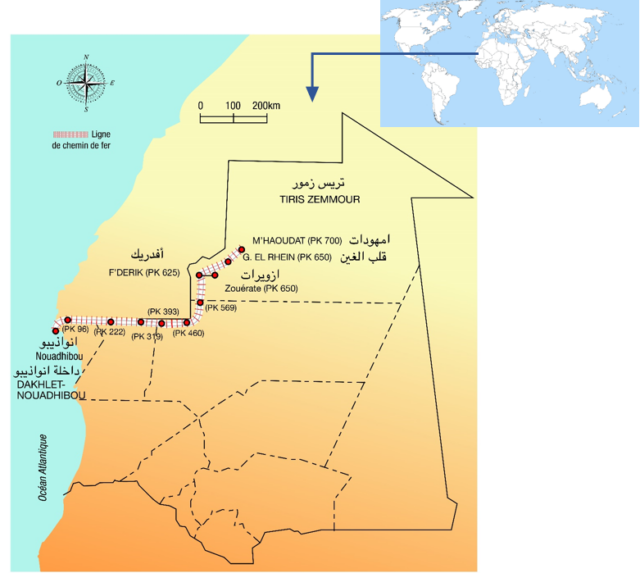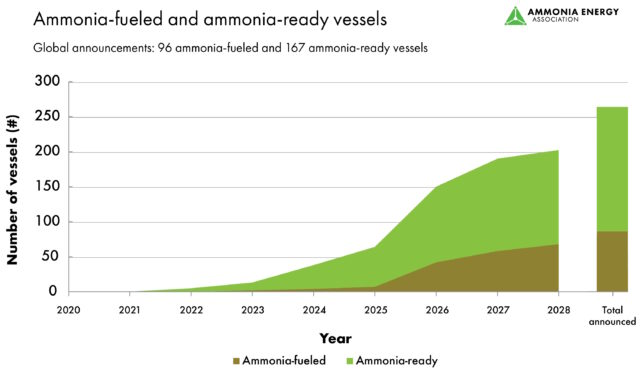To open the AEA’s 2024 Annual Conference in New Orleans, H2Global Managing Director Timo Bollerhey presented updates from the “green market maker”. To meet global climate targets, we need to accelerate market creation and maturation, and push past key tipping points. H2Global does this by bridging the green premium gap between sellers and buyers and facilitating transactions for clean commodities. A successful first ammonia auction was concluded in 2024, informing plans for a second, larger, truly global auction round that will be launched in the near future.
